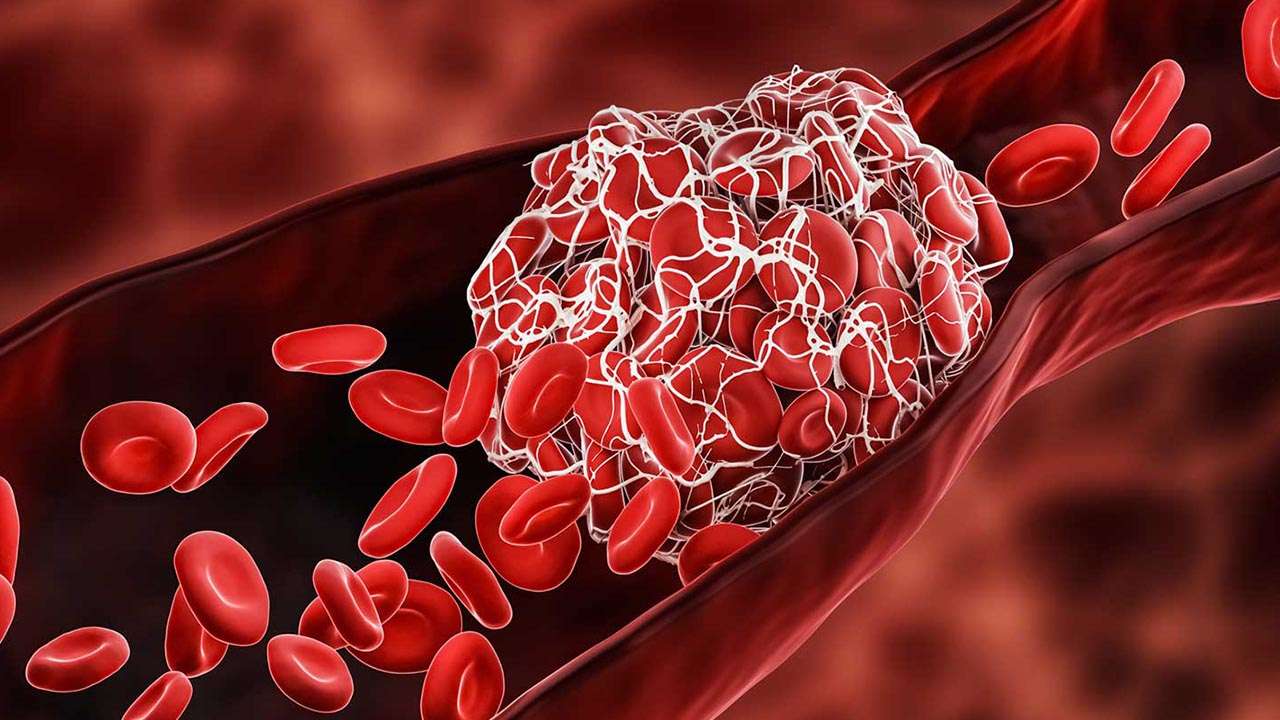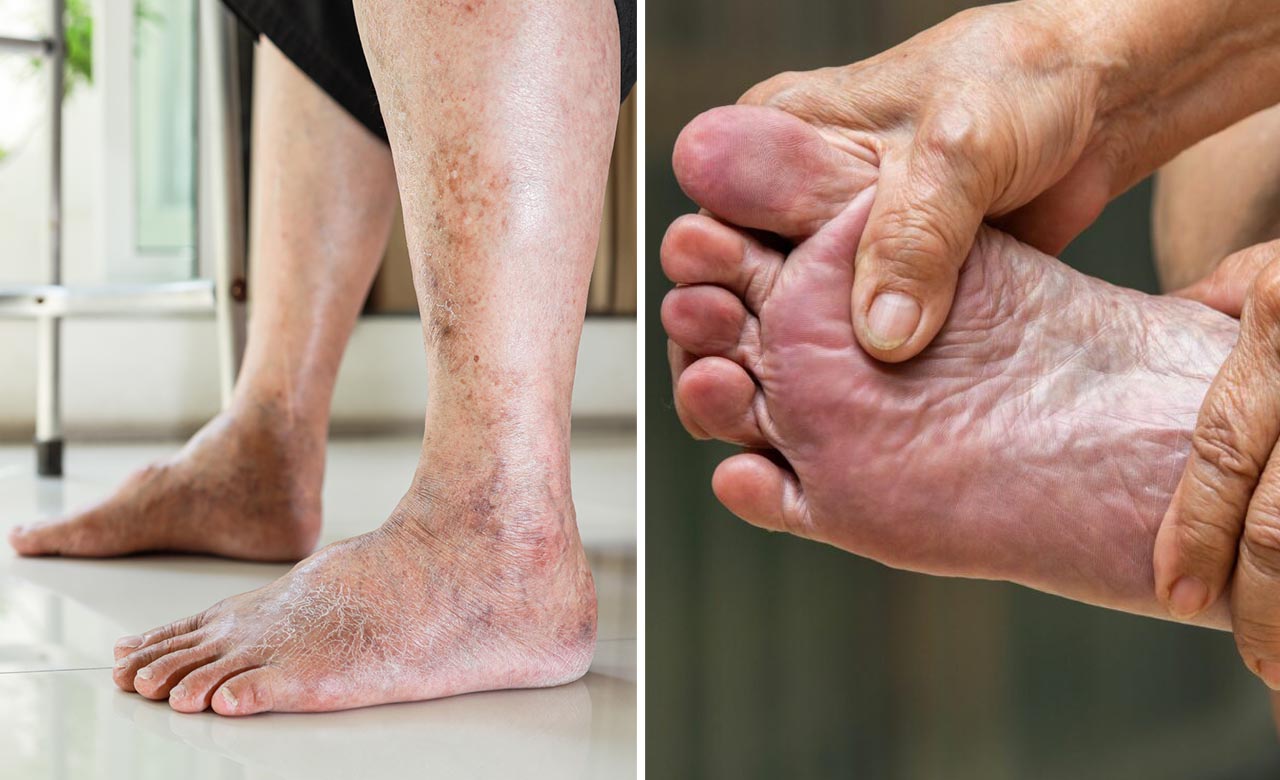Peripheral artery disease is a vascular condition that affects the lower limbs. It is characterized by the blockage of arteries, typically in the legs. Based on the progression and severity of the disease, it is classified into different stages. Peripheral artery disease is a common circulatory problem affecting millions of people worldwide. It is caused by atherosclerosis, where fatty deposits commonly known as plaque build up in the arteries of the lower limbs, reducing the blood flow. It progresses through stages ranging from mild to critical limb ischemia, for instance like a stage 3 PAD.
What is Stage 3 of PAD?
Stage 3 of PAD indicates a moderate to severe restriction in blood flow to the lower limbs due to significant arterial blockage. The person may experience intermittent claudication, a condition characterized by pain, cramping, and fatigue in the legs typically during physical activities. The symptoms mostly subside with rest but can significantly affect mobility and overall quality of life.
Symptoms and manifestations
Individuals with stage 3 peripheral artery disease may experience symptoms such as numbness, tingling, or weakness in the lower limbs. As the condition progresses, the symptoms worsen, leading to severe pain, nonhealing wounds, or even ulcers. Moreover, it could also lead to tissue loss, commonly termed gangrene. During stage 3, when these advanced symptoms start to appear, they indicate critical ischemia, a severe form of PAD where there is a significant decrease in blood flow to the affected area, which can lead to tissue death and other serious complications.
Diagnostic evaluation
At stage 3, diagnostic evaluation is a comprehensive process led by a healthcare professional. This includes a thorough physical examination, assessment of past medical history and risk factors, and diagnostic tests such as ABI measurement (Ankle Brachial Index), ultrasound, angiography, etc., to determine the severity of the blockage for further medical interventions. This professional guidance ensures accurate diagnosis and effective treatment.

Management strategies
Management strategies for PAD at three stages involve lifestyle modifications, such as regular exercise, quitting smoking, and managing stress. Diet control, including a heart-healthy diet that is low in saturated fat, trans fat, and cholesterol, and high in fruits, vegetables, and whole grains, and management of preexisting medical conditions or risk factors, particularly at older age. A specialist may suggest smoking cessation regularly and a proper diet chart to manage the condition.
Medical interventions
Along with lifestyle modification, people with stage 3 peripheral artery disease require further medical interventions to improve their blood flow to the lower Limbs. Medications such as antiplatelet agents, which help prevent blood clots, cholesterol-lowering drugs, and blood pressure-controlling medications are prescribed.
In some situations, minimally invasive procedures, such as angioplasty and stenting, are required to restore blood flow. These procedures can help open blocked or narrowed blood vessels that supply blood to the legs. Major surgical interventions that may be necessary include bypass surgery, which is needed when the condition is progressing rapidly. These interventions are aimed at improving blood flow, relieving symptoms, and preventing further complications.
Conclusion
Stage 3 PAD represents a significant advancement of the disease. However, with timely detection, diagnosis, and proper management, individuals can find relief from symptoms. Furthermore, significantly improve their overall quality of life. Peripheral artery disease is a chronic condition, but with continuous monitoring and adherence to treatment recommendations, there is hope for a better future, free from the complications of the disease.




